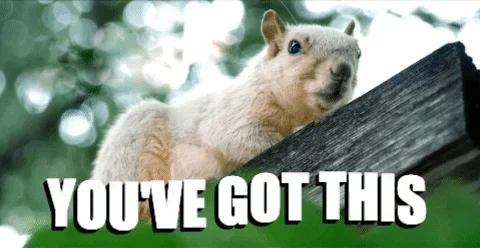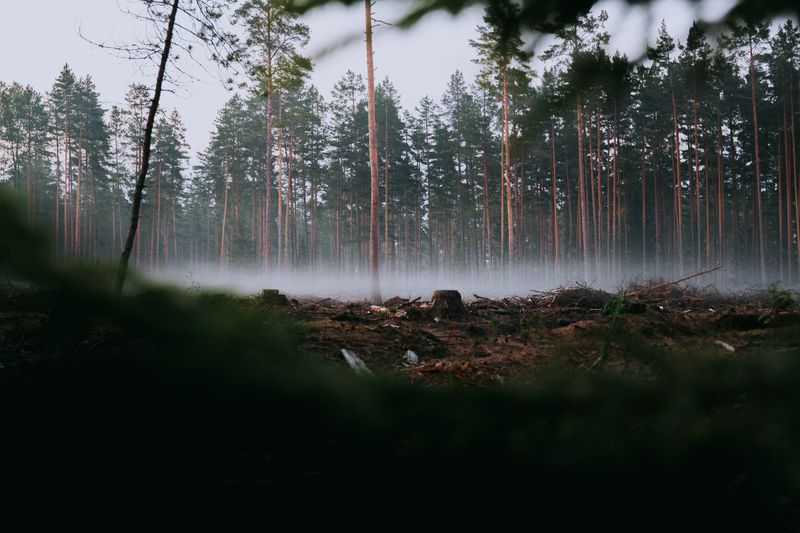
This logo isn't an ad or affiliate link. It's an organization that shares in our mission, and empowered the authors to share their insights in Byte form.
Rumie vets Bytes for compliance with our
Standards.
The organization is responsible for the completeness and reliability of the content.
Learn more
about how Rumie works with partners.
What is Biodiversity?
It may seem simple, but before that's answered, ask yourself, when you hear the word biodiversity, what comes to mind first? What does that mean to you?
Take a moment to reflect on biodiversity in your life.

For me, biodiversity means a lot of things. Over the pandemic, I started escaping the confines of my home by exploring nature when possible. Sometimes in my own backyard.
For me, biodiversity is the many birds I saw visiting the bird feeders in my backyard.
I captured videos of the various songbirds that visited. It showed me that even in the most urban environments, we find nature and nature finds us.
So, what does biodiversity mean to you? The official definition goes as such:
The variety of life in the world or in a particular habitat or ecosystem.
Biodiversity is all around us in our cities, provinces, and country. In relation to the climate crisis, we see that biodiversity is impacted every day. Climate and biodiversity are not separate natural systems. They interact and feed of each other in fundamental ways.

It's thanks to a wide range of animals, plants, and microorganisms that we have air to breathe, food to eat, water to drink, and countless other benefits that healthy ecosystems provide. Biodiversity is fundamental to the natural processes that support all life on Earth.
Unfortunately, biodiversity is declining due to human causes. A recent report by the World Wildlife Fund revealed that wildlife populations have declined by as much as 69% on average since 1970. So, how can biodiversity be used in the fight against climate change?
Biodiversity and Climate Change
Climate change and biodiversity loss are two of the largest problems that society is facing. They threaten critical aspects of our environment and human welfare, including the stability of our food and water supplies, health, and livelihoods. And these two crises influence each other in complex ways:

On one hand, a rapidly warming climate makes it hard for species to adapt in time, which leads to an increased rate of extinctions.
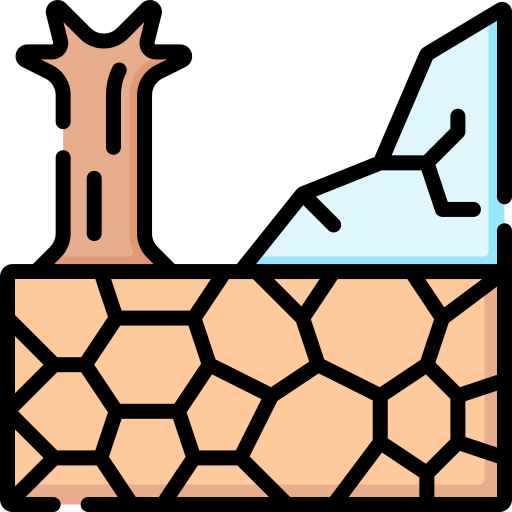
On the other hand, as biodiversity disappears, ecosystems lose their resilience, along with their ability to store carbon and regulate our climate, leading to even faster warming.
Fortunately, we can use this interdependence between climate and biodiversity to our advantage! That's because we have some control over how we, as a species, impact our environment. we use natural resources and how we protect such ecosystems.
Restoring biodiversity and natural habitats is one of the most important tools we have in mitigating and adapting to the impacts of climate change.
Nature Based Climate Solutions
In recent years, many potential avenues have been proposed to try and solve the climate crisis, from the global energy transition, to individual solutions like reducing food waste, and even the use of unproven carbon capture technologies.

However, nature-based climate Solutions offer one the most effective and affordable impacts, providing natural resilience to communities at local levels.
Nature-based climate solutions are any climate strategy that involves using the land and ocean as a natural means of minimizing the impacts of climate change. This includes actions like restoring damaged ecosystems.
Governments have committed themselves to utilizing nature based climate solutions. During the UN Biodiversity Conference (COP15) in Montreal in 2022, countries around the world committed to protecting 30% of land and oceans by 2030.
In Canada, only 13.6% of land and 14.7% of ocean are currently protected. So while the federal government has committed to reaching this goal, much work still remains to secure a resilient future.
To restore stability to our planet, [...] we must restore its biodiversity, the very thing we have removed. It is the only way out of this crisis that we ourselves have created. We must rewild the world!
— Sir David Attenborough, nature documentary filmmaker
Quiz
What are some reasons that biodiversity important in our fight against climate change?
Biodiversity is one of our best tools to fight climate change because it provides so many benefits to our society!
Case Studies: Biodiversity conservation in action!
So, we have a basic understanding of what biodiversity is, how it interacts with climate change, and how it affects us.
But how are nature-based climate solutions implemented? Thankfully, there are examples right here in Canada!
Indigenous peoples are at the forefront of enacting nature-based climate solutions, operating at local levels across the country to protect their traditional lands, demonstrating how people can protect nature at community levels.
Scholars have found that protected spaces run by Indigenous communities in countries like Canada and Australia often have better supports for biodiversity than federally run spaces.
These protected spaces are called Indigenous Protected and Conserved Areas, or IPCAs. An IPCA is a section of land primarily governed by Indigenous Peoples.
Central British Columbia is the stage for the the Klinse-Za Caribou Maternity Pen Project. Directed by the West Moberly and Saulteau First Nations, this project takes place on their traditonal lands.
The participating Nations created calving pens to protect pregnant caribou from predation and to nurture their young. Since the implementation of the pens, the local caribou herd has seen its numbers rise steadily, providing support for this threatened species.
 Photo by Colin + Meg on Unsplash
Photo by Colin + Meg on UnsplashAnother examples of an IPCA is from Northern Manitoba: the Seal River Watershed. The area is one of the most pristine wildernesses in Canada, with over 99% of the land untouched by development.
The area is governed by the Seal River Watershed Alliance, which was created by the local Dene and Cree Peoples.
In terms of biodiversity, the Alliance protects caribou herding sites, seabird nesting, and large marine mammals.
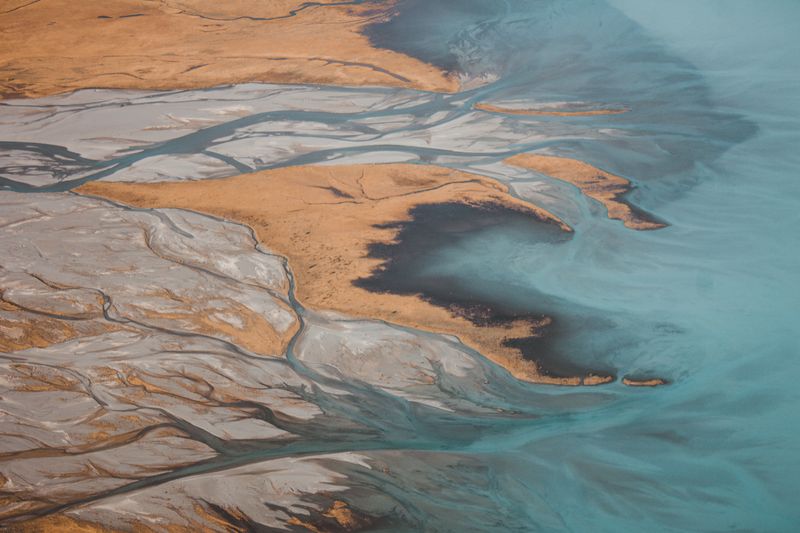 Photo by Jordan Heath on Unsplash
Photo by Jordan Heath on UnsplashDid you know?
There are 62 recognized IPCAs established across Canada.
Case Study 2: Biodiversity in the city
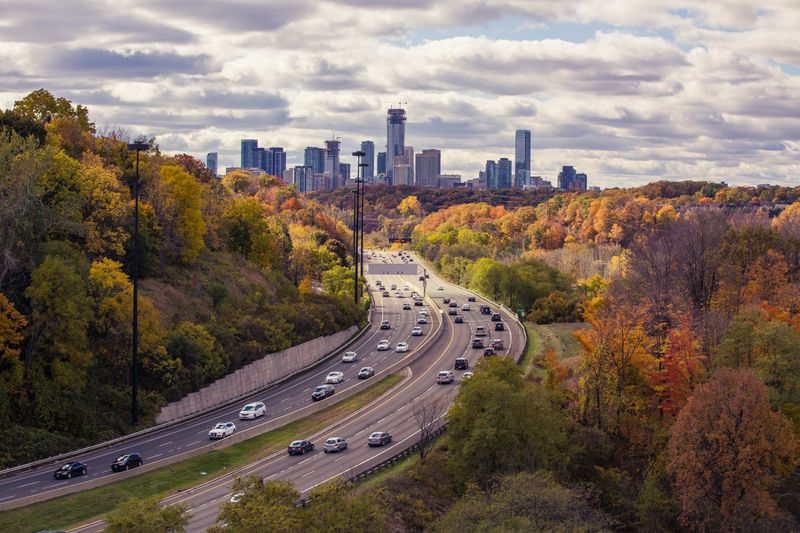 Photo by Matthew Henry on Unsplash
Photo by Matthew Henry on UnsplashAt 11,000 hectares, Toronto has one of the largest ravine systems in the world, housing the majority of the city’s biodiversity and nearly 90% of the city’s indigenous wildlife and plants!
That’s why in 2020, Toronto’s City Council adopted the Ravine Implementation Report to highlight key actions to clean and protect the ravine system over the next 10 years. What does this report mean for the city’s biodiversity?
Protect: Over 100,000 trees shrubs and native plants will be planted by the City and the Toronto and Region Conservation Authority (TRCA).
Connect: Consulting Indigenous communities to rename the Lower Don Valley’s parks and trails to Wonscotonach Parklands.
Celebrate: Through Ravine Days and Publishing the Homeowner's Guide to Healthy Ravines.
Invest: $118 million will be invested in order to increase climate resilience, improve safe & sustainable access to ravines, and restore ecological health.
Partner: Local advocacy groups have pledged to protect and restore large sections of the ravines.
Why are ravines important?
Toronto’s ravines are complex ecological systems, consisting of diverse vegetation and wildlife, including over 300 species of birds.
Ravines also help combat the effects of climate change by regulating temperature, reducing humidity, precipitation, and stormwater runoff, improving air quality, and providing natural barriers to noise pollution.
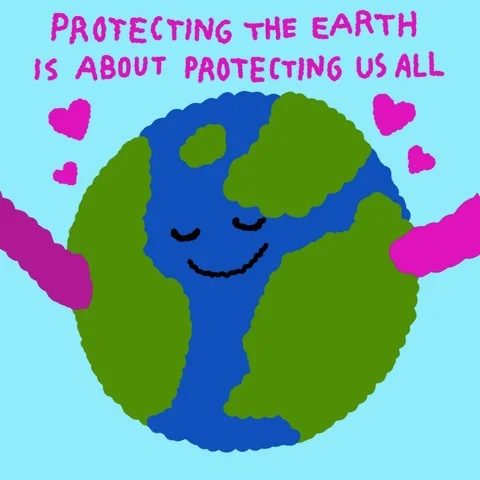
Did you know?
Part of the City of Toronto's Ravine Strategy is improving bike trails and bridges. When complete, the Meadoway will be one of Canada's largest urban linear parks, linking Downtown Toronto to the Rouge Urban National Park, which contributes to Canada's 30 by 30 plans.
Take Action
The examples listed above involve huge community or government-organized projects. To an individual, that may seem like something impossible to get involved in.
While individual action alone may be difficult, there are many organizations working to protect nature, and you can be part of the solution!
While the issue of biodiversity loss may seem insurmountable, case studies and volunteering opportunities remind us that community action is one of the many routes we can take to ensure protection and recovery for the natural world.
